[LUM#16] Dangerous thawing
Temperatures are rising, and the ice is melting, pouring hundreds of liters of water into the rivers today. But what about tomorrow? To better anticipate the consequences of melting glaciers on the availability of water resources, hydrologists are seeking a more detailed understanding of the dynamics of these immense glacial masses.
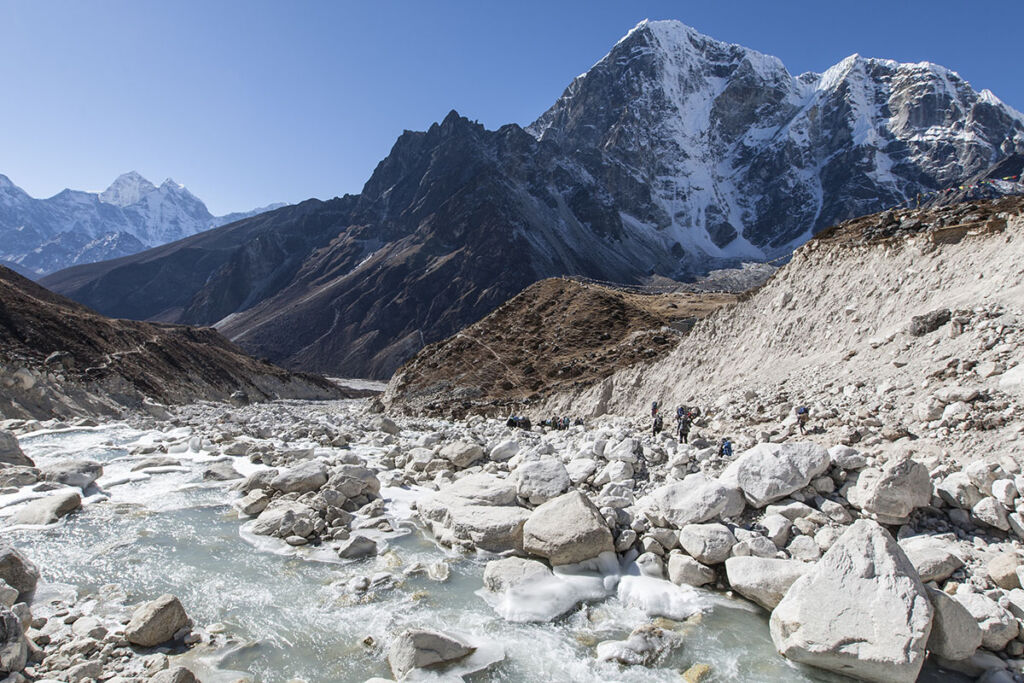
Ice as far as the eye can see, covering more than 100,000 km2. Peaks that rise to over 8,000 metres. Welcome to the "Third Pole", an immense glacial expanse stretching 3,600 kilometers between Afghanistan and Burma. " It's the third largest continental ice mass in the world, after Antarctica and Greenland," explains Pierre Chevallier*. The hydrologist knows this region well, having surveyed it on numerous occasions. These field missions were essential to gain a better understanding of the glaciers that feed ten of Asia's major rivers on which over a billion people depend, both in the mountains and in the river basins downstream.
A third pole now threatened by global warming. According to a study published in 2019 by theInternational Centre for Integrated Moutain Development (ICIMOD), two-thirds of the Himalayan and Hindu Kush glaciers could melt by the end of the century if the planet remains on the same trajectory of greenhouse gas emissions. "When temperatures rise, not only is there less ice forming at the top of the glacier, but melting at the bottom intensifies. In the Himalayas and Karakoram, some glaciers are already retreating", explains the specialist.
Uncertainties
To gain a better understanding of this phenomenon, the researcher from the Hydrosciences Montpellier laboratory and his colleagues have compiled the results of over 250 scientific articles. Their aim: to better understand the links between global warming, changes in precipitation and glacier retreat. " The situation is difficult to grasp, and many uncertainties remain, particularly concerning field observations or remote sensing data, but also modelling tools and their hypotheses and scenarios", explains Pierre Chevallier.
The future of these ice giants is a crucial parameter in the region, particularly for the Indus basin, where 50% of water resources come directly from snow and glaciers, whereas the neighboring Ganges and Brahmaputra basins are more dependent on monsoon rains. " As glaciers melt, river flow increases , so initially more water is available. Then, as the glacier shrinks, it releases less water and the resource dwindles", explains the hydrologist.
Optimizing water management
A major concern when you consider that in some countries, such as Pakistan, almost 80% of available water resources are used for agriculture. "Much of the meltwater from glaciers is drawn from rivers downstream to irrigate agricultural production on the great plains, which are veritable granaries. And over and above concerns about the quantities of water needed, this use poses a major timing problem: "melting snow and ice normally occurs in spring, when farmers need it most to germinate cereals, and if water were to run out at this time of year, it would be particularly critical", warns the hydrologist. In view of this risk, specialists are calling for the shortage to be anticipated in order to optimize water resource management and sharing. " In a context where the availability of water fluctuates throughout the year, we must be able to ensure a satisfactory supply, in particular through the management of dams which, for example, must not be full in order to store water from melting ice", stresses Pierre Chevallier.
Reducing uncertainty
But to better anticipate, researchers are still lacking data, as highlighted by their study published in Science. "To fill these gaps we recommend setting up an extensive observation network that places fully automatic weather stations on selected glaciers," explains the hydrologist. But also to develop comparison projects to examine glacier area and volumes, their dynamics, permafrost thawing and the sublimation of snow and ice.
These data are essential for reducing the uncertainty of future change scenarios. This consensus on the glacio-hydrology of the region will help political decision-makers to optimally plan the management of water demand and supply for agriculture, hydroelectricity, household uses and sanitation," notes Pierre Chevallier. This anticipation is all the more important as the countries concerned are experiencing rapid economic and demographic growth, which is accompanied by an increase in demand for water.
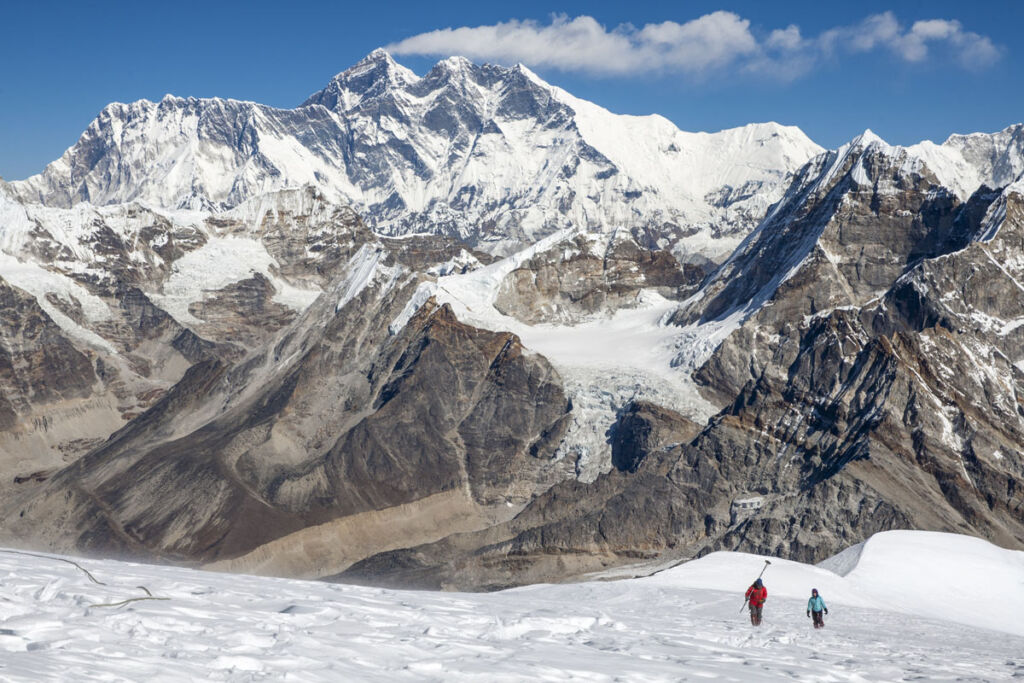
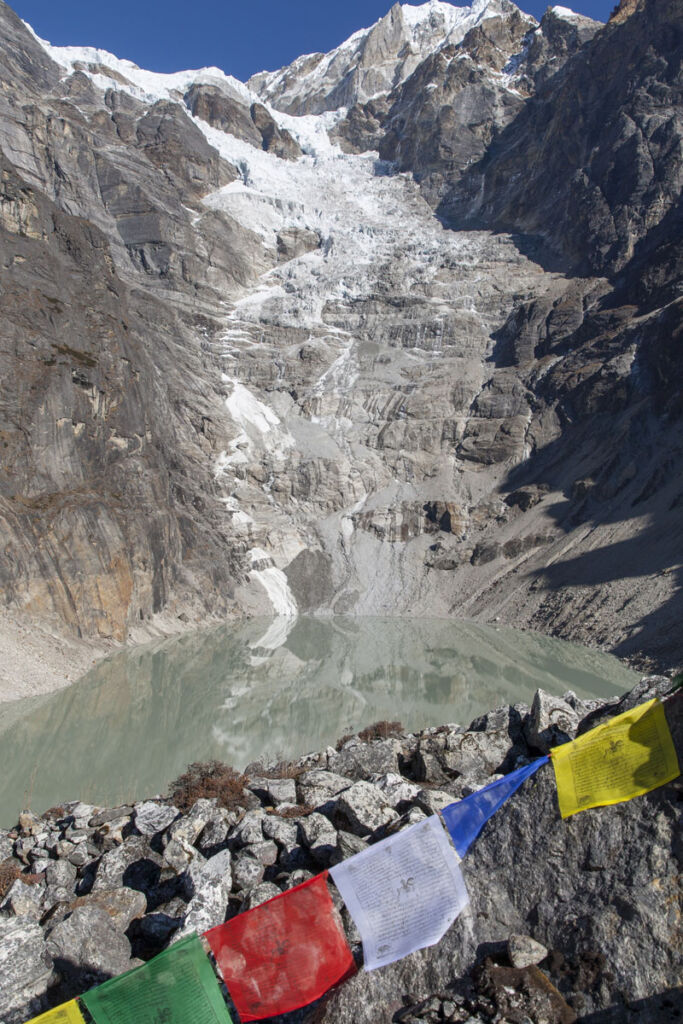
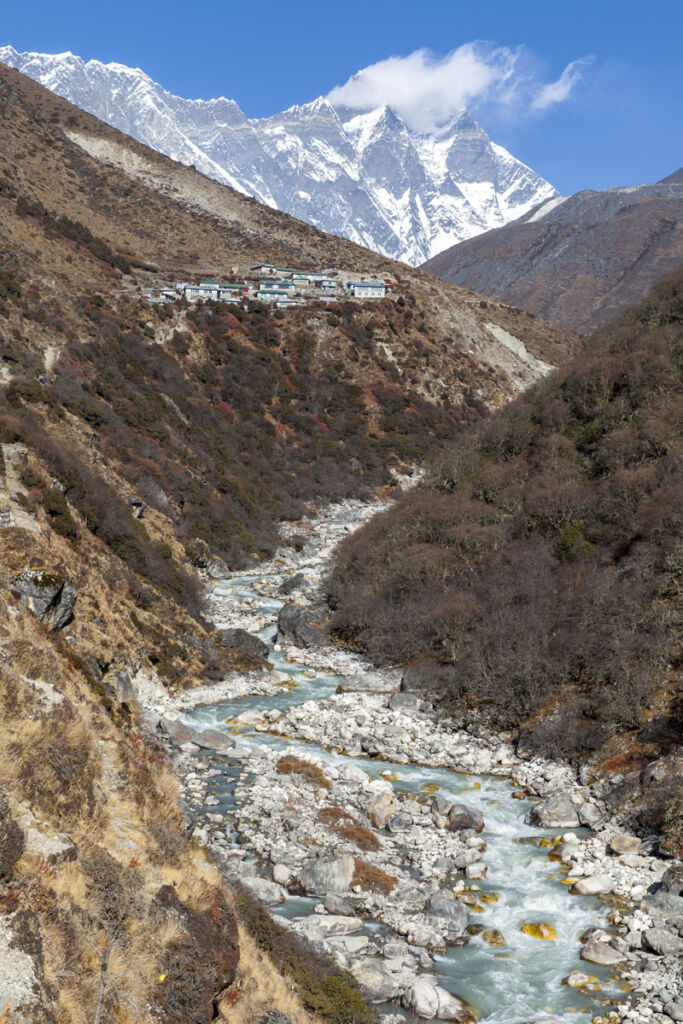
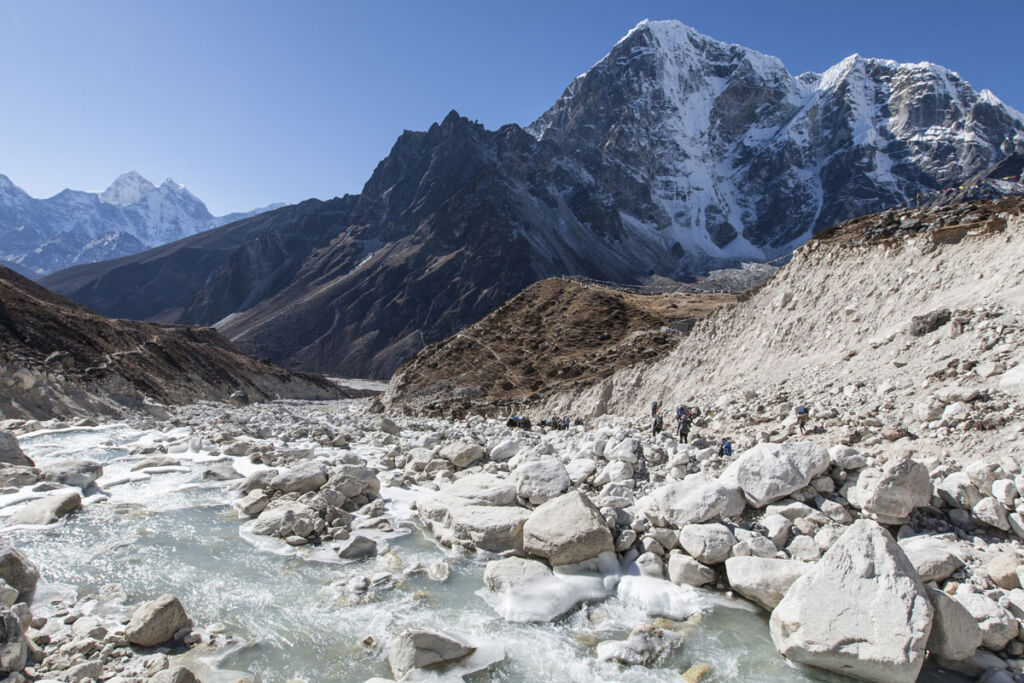
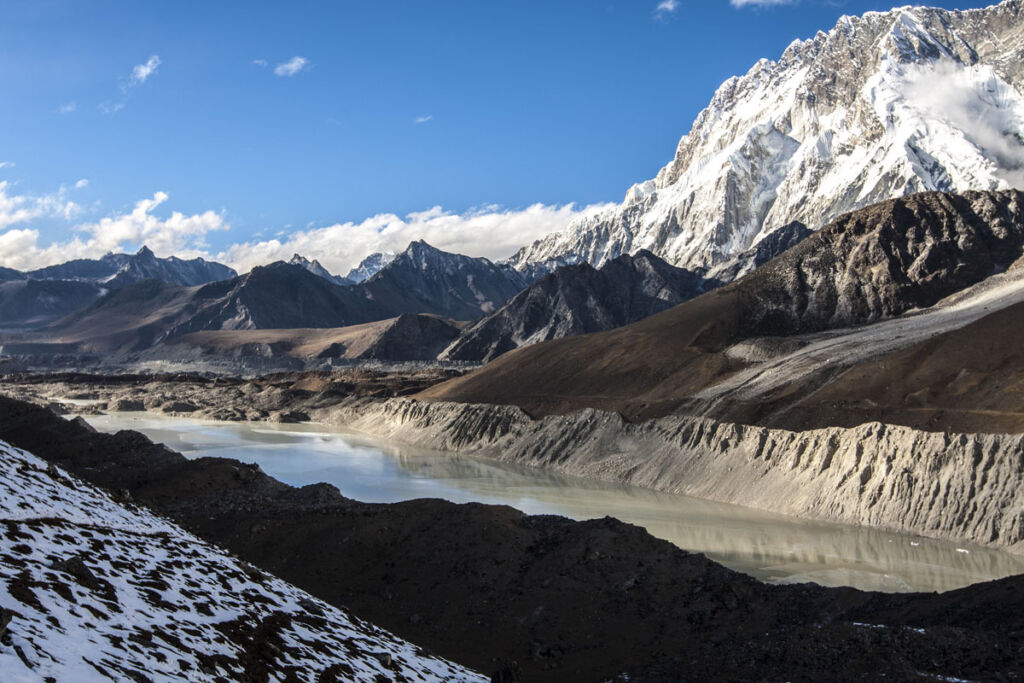
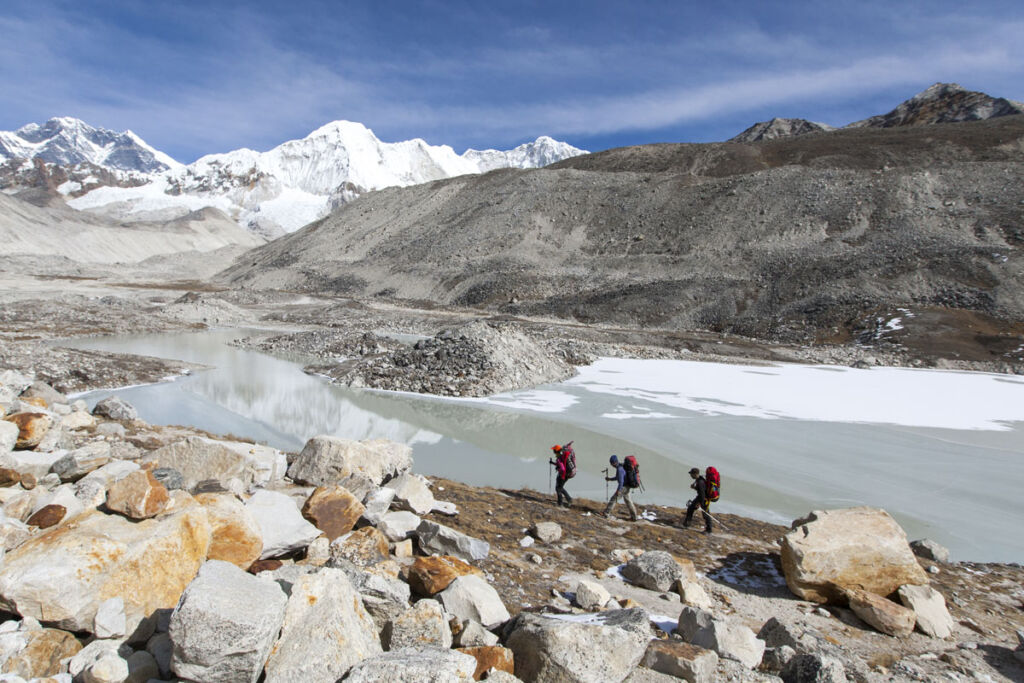
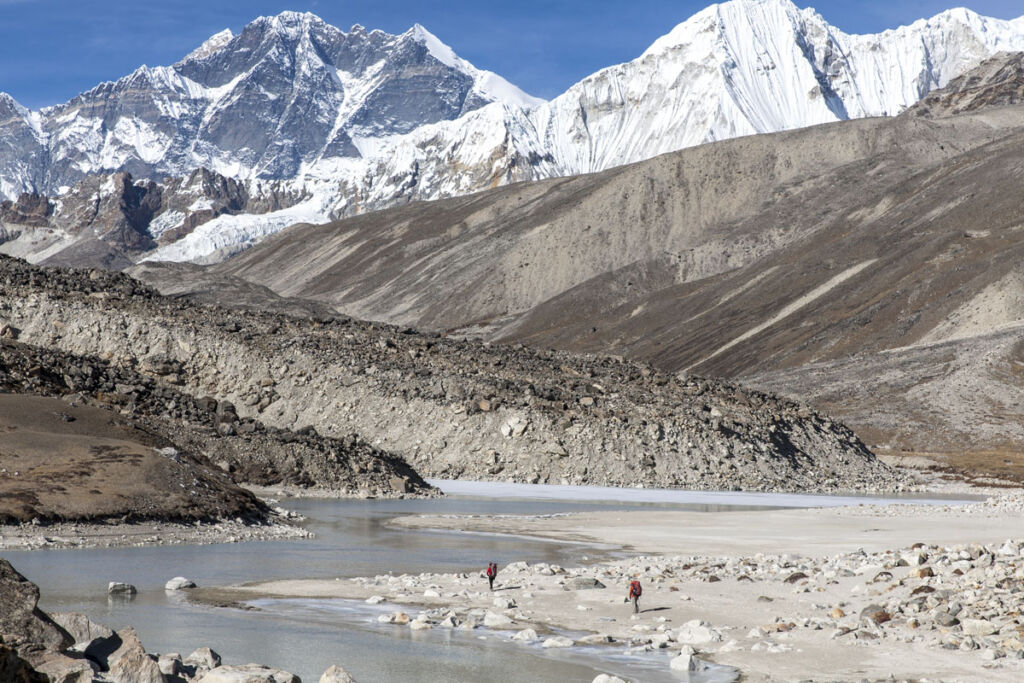

IRD - CNRS - Thibaut Vergoz, PRESHINE 2017
* HSM (UM - CNRS - IRD)
UM podcasts are now available on your favorite platforms (Spotify, Deezer, Apple podcasts, Amazon Music...).